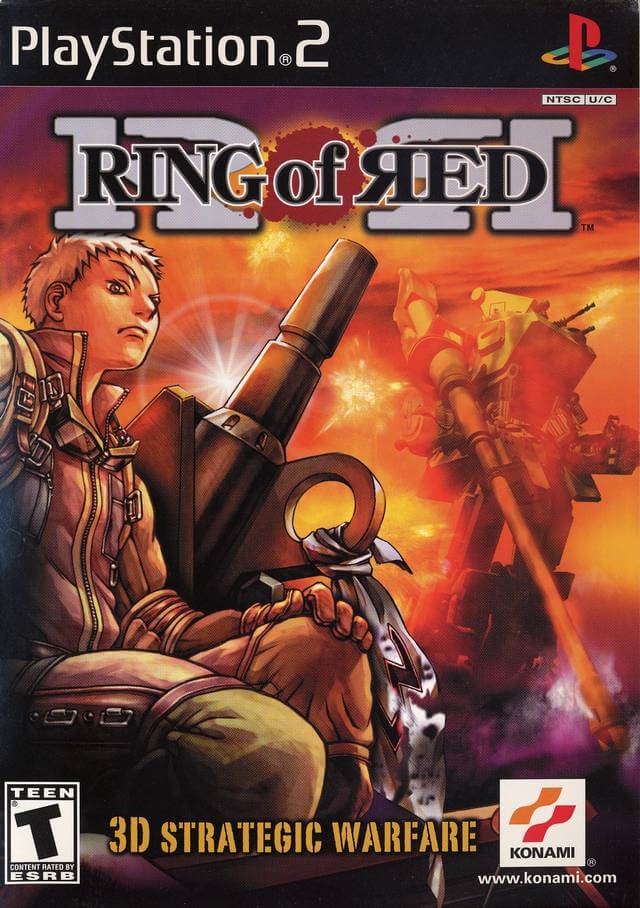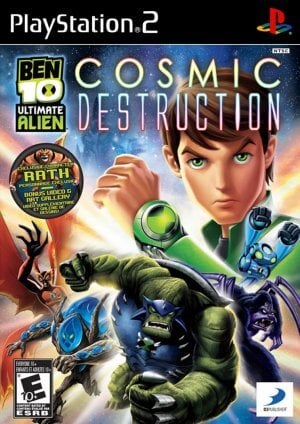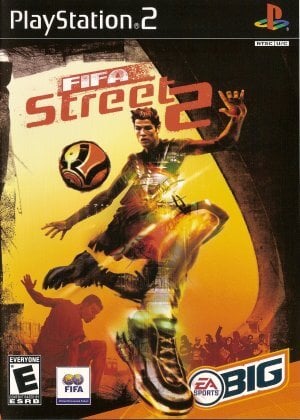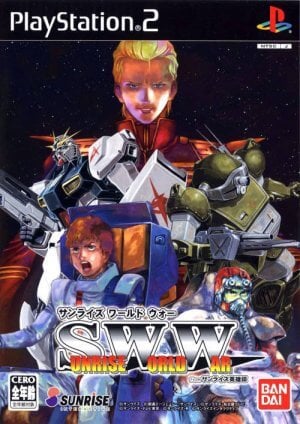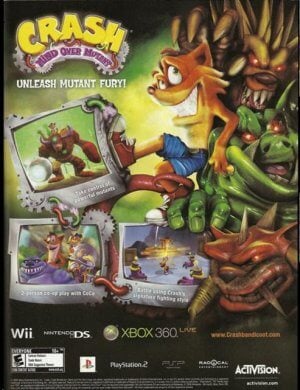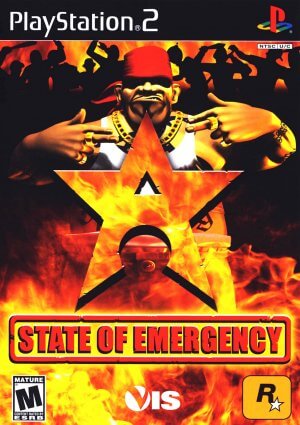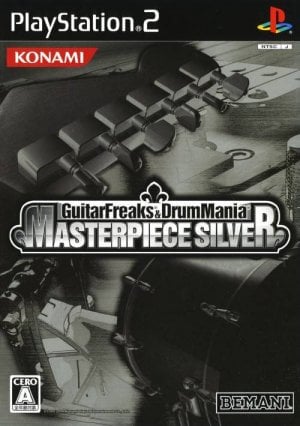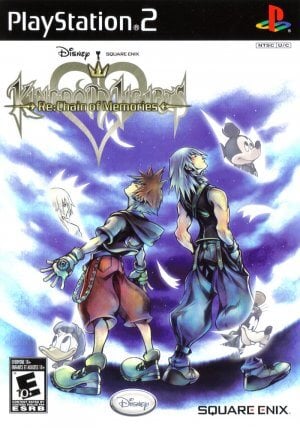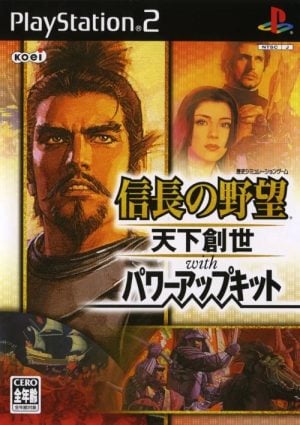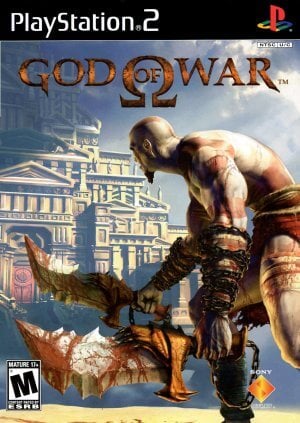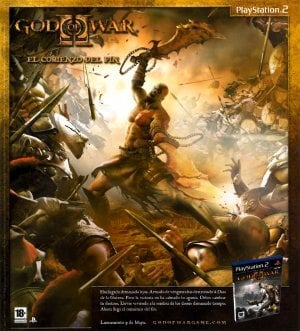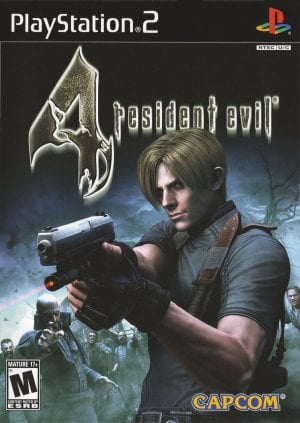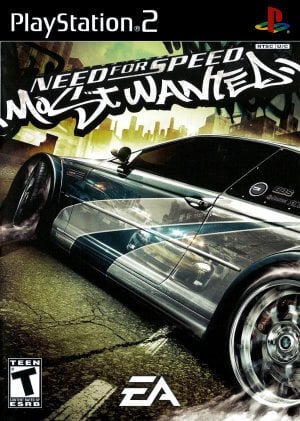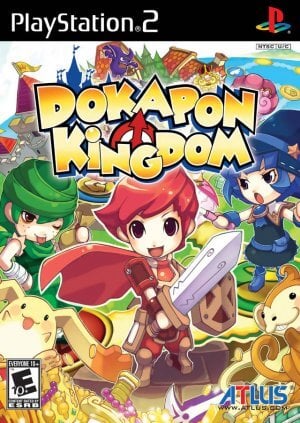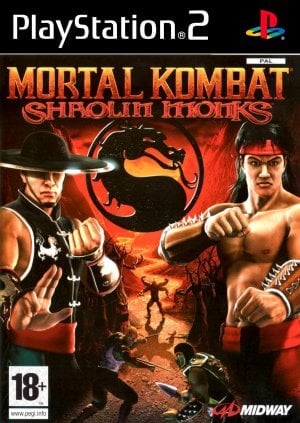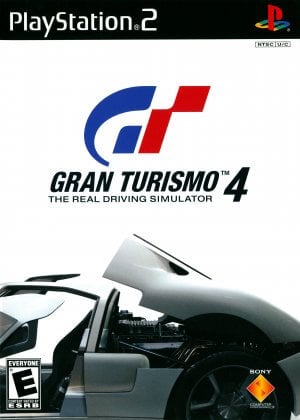An alternative version of World War II took place twenty years ago, during which both the Axis and the Allies created mecha technology, also known as Armored Fighting Walkers (AFWs). As a direct consequence of this, the fighting continued in a variety of different ways, and the contribution of Russian forces to the ultimate defeat of Japan cannot be overstated. In a manner analogous to that of Germany, the conclusion of the war resulted in the division of Japan among the allied armies. There is now a communist North Japan and a democratic South Japan, both of which are administered independently from one another. There was no clear reason why Japan’s two halves went to war with each other for four years, but it happened anyhow. It was known as the “Japan War,” and it contributed to the continued decline of Japan’s economy while also stoking animosity between those living in the North and the South. 1964 finds Masami von Weizegger serving in the armed forces of South Japan as an AFW pilot. During the course of the field testing of a prototype AFW, it was taken by agents of the North Japanese government. Masami was given the mission to retrieve the stolen technology. In the midst of Masami’s team’s efforts to recover the AFW, they happen onto a military operation that appears to be on the verge of escalating into an all-out war.
Ring of Red is a hybrid action/strategy video game that takes place in an alternate version of Japan after World War II. The players assume the roles of soldiers of the South Japanese military who have been tasked with the mission of recovering a missing AFW. During combat, mechs are maneuvered into place on a grid-based map and depending on the situation, they may engage a variety of opposing units or occupy particular points. As players complete their turns, time passes, bringing about changes in the battlefield’s environment such as the onset of sunlight and darkness as well as varying degrees of precipitation. All of these things have an impact on the accuracy of weaponry as well as the many kinds of skills that can be utilized. When either side accomplishes its aims, the battle is over.
Ring of Red takes the traditional genre of turn-based games and gives it a unique spin by combining turn-based movement with real-time battles. Players are transported into a real-time battle if two AFWs engage in combat on the battlefield. In this conflict, players have a limited amount of time to confront one another before they are required to refuel their ships. Here, the AFW is seen from a third-person perspective, and the player has the ability to move it forward and backward and issue commands to it. The player needs to aim in first person before they may fire their weapon against the enemy. The AFW is equipped with a steam-powered cannon that, in order to fire, needs to be pressurized beforehand. The gun can be aimed toward either an opposing AFW or at opposing support personnel. Additionally, if two AFWs are in close proximity to one another, they are able to engage in close combat by punching each other. Each and every AFW pilot has his or her own unique statistics as well as one or more special powers that can be called upon at any moment but can only be used once during each fight. AFWs are distinguished from one another statistically by their four distinct types—the Standard, the Light, the 4-Leg (Heavy), and the Anti-AFW.
Each Airborne Forward Observer Wing (AFW) unit is in reality a group that is composed of three ground units; one of these ground units performs the role of the crew for the AFW, while the other two walk alongside it. There are several different types of support units, including Infantry, Shooter, Supply, Medical, Mechanic, and Recon, among others. Each of these several categories of “support units” brings a unique set of tactical capabilities to the field, in addition to particular advantages and disadvantages. The skills that are accessible to the units, as well as those that they make use of, are altered depending on the positions that they are assigned to. In addition, the majority of special powers have a “charging” period that requires them to be in the back ranks before they can be used. These abilities include the firing of specialized types of munitions (such as flash, heat, smoke, and impact), the laying down of mines or tripwire, the laying down of a barrage of fire, the throwing of grenades, the healing of units, the sniping of specific targets, the boost of morale, the repair of AFWs, the neutralization of enemy effects, and the disarming of enemy mines and tripwire.
